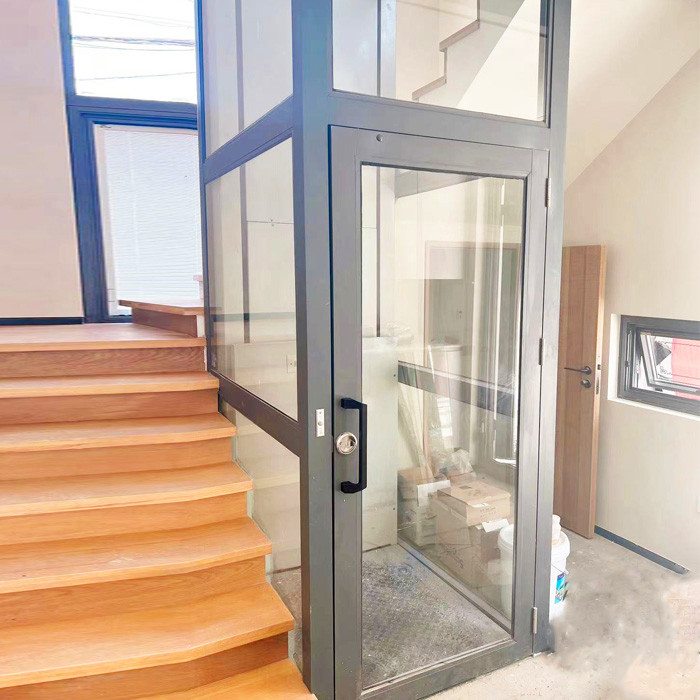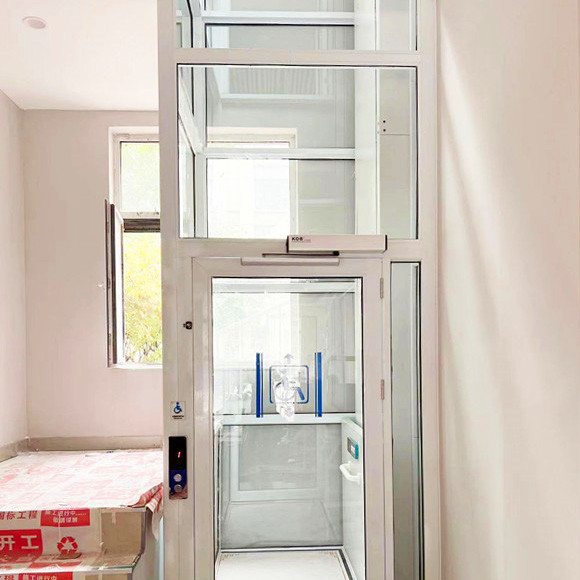
Shaft elevators are the backbone of vertical transportation in buildings—from residential high-rises to commercial skyscrapers—relying on a dedicated vertical shaft to house cables, counterweights, and the elevator car. Unlike shaftless elevators (which use alternative support systems), shaft elevators are engineered for high capacity, speed, and long-term reliability, making them the standard for mid-to-large buildings. Understanding their structural logic, advanced safety features, and tailored designs for different spaces reveals why they remain essential in modern construction.
A key aspect of shaft elevators is their structural design, optimized for efficiency and space. The shaft itself is a reinforced enclosure that separates the elevator system from other building areas, preventing dust, debris, or unauthorized access from interfering with operations. Inside the shaft, the elevator car is suspended by steel cables (typically 4–8 for redundancy) connected to a counterweight—this counterweight balances the car’s weight, reducing the load on the elevator motor and enabling smoother, energy-efficient movement. Guide rails run vertically along the shaft’s inner walls, keeping the car aligned during ascent and descent to avoid swaying, even at high speeds (up to 10 m/s in commercial skyscrapers). For tall buildings, shafts often include “buffer zones” at the top and bottom—these are padded areas that absorb impact in extreme cases, adding an extra layer of safety.
Safety is embedded in every component of shaft elevators, with innovations that address rare but critical risks. One fundamental safety feature is the “overspeed governor”: a mechanical device that monitors the car’s speed and triggers an emergency brake if it exceeds a safe limit (e.g., during a cable failure). The brake clamps onto the guide rails, stopping the car quickly but smoothly to prevent injury to passengers. Modern shaft elevators also include “door interlocks”—these ensure the elevator car cannot move unless all shaft doors (on every floor) and the car door are fully closed, eliminating the risk of falls into the shaft. For power outages, backup batteries activate emergency lights, ventilation fans, and a low-speed “rescue mode” that moves the car to the nearest floor, allowing passengers to exit safely.
Shaft elevators are tailored to specific building types, with designs that match occupancy needs and space constraints. In residential buildings, shafts are often smaller, with elevators sized for 4–6 passengers and moderate speeds (1–2 m/s), prioritizing comfort over speed. These elevators may include features like sound insulation to reduce noise in living areas and interior lighting that adjusts to match daily rhythms. Commercial buildings, by contrast, require larger shafts with high-capacity elevators (8–12 passengers) or even “double-deck” cars (which serve two floors at once) to handle peak-hour traffic. Their shafts are also designed with multiple elevator cars operating in the same shaft (using separate guide rails) to increase throughput. For industrial facilities, shaft elevators are built to carry heavy loads (up to 10,000 kg) instead of passengers, with reinforced cars and shafts that resist damage from equipment or debris.

Proper maintenance is critical to extending the lifespan of shaft elevators and ensuring consistent safety, with key practices that prevent breakdowns. Regular inspections (typically monthly) focus on cable condition—technicians check for fraying, corrosion, or stretching, as worn cables are a leading cause of failures. Guide rails are lubricated every 3–6 months to reduce friction, which can slow the elevator and increase motor wear. The overspeed governor and emergency brake are tested quarterly to confirm they activate correctly, while door interlocks are calibrated to ensure tight seals. For older elevators, modernization projects (e.g., upgrading to digital control systems or replacing outdated cables) can improve efficiency and safety without rebuilding the entire shaft.
In summary, shaft elevators are specialized vertical transportation systems that balance efficiency, safety, and adaptability to different building needs. By understanding their structural design, relying on advanced safety features, choosing tailored models for specific spaces, and following strict maintenance protocols, building owners can ensure reliable, safe service for decades. As cities grow taller, shaft elevators will continue to evolve—with innovations in energy efficiency and smart monitoring—to meet the demands of modern urban life.
